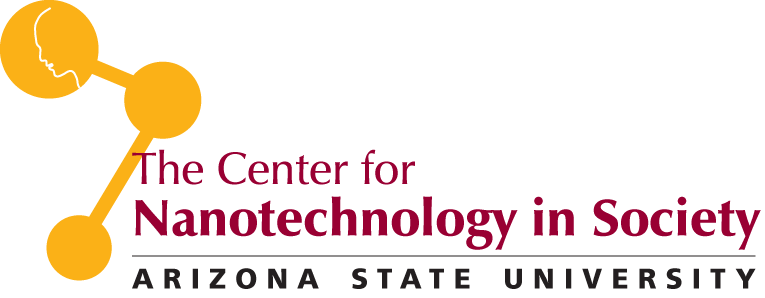Welcome to Real World Nano, a new space to explore what happens when nanotechnology leaves the laboratory and makes its way into the rest of society. RWN is a partnership between NISE Net and the Center for Nanotechnology in Society at Arizona State University. Our goal is to launch a conversation about how the meaning, importance, and application of nanotechnology in society can be conveyed through informal science education. We hope that you will join us in this exciting endeavor, and we encourage you to post your comments, thoughts, ideas, and questions in the comments below. For me, the importance of RWN stems from the growing importance of nanotechnology in society. For decades, nano hype has far outpaced nano reality, but that’s beginning to change. Applications are emerging across a wide range of fields. Most of our current computers and smartphones now rely on nanopatterned electronics. Nano devices are being developed for water filtration and for producing clean fuels that will enhance human sustainability. Even food is being impacted by nano. A scientist colleague of mine recently returned from a European visit. Of all of the university and industry labs he toured on the trip, he reported being most impressed by the nano facilities at Nestlé Corporation. As a science, nanotechnology is about understanding, manipulating, and making smarter the materials that make up the world around us. Those materials are everywhere. Not just our clothes, computers, and solar panels, but also the living materials that make each of us up: our brains, bones, blood, nerves, retinas. We recently concluded a study at my center that found over 10,000 scientific articles published from 1991-2009 that used nano to study, manipulate, and enhance the human brain and central nervous system (more about that study in a future post). The question for RWN is how to approach these subjects in informal science education. In coming posts, we will explore a wide variety of dimensions of this question. Some questions that NISE Net partners have already suggested include:
- Why should museum visitors care about nano?
- How can museums convey the importance of nano to their visitors?
- What are social science and ethics research finding out about what happens when nano leaves the laboratory and enters society?
- What might nanotechnology mean in the future?
- What are the social and ethical implications of the science presented in the NanoDays kit?
- What resources are available to museums to help them explore nano in the real world?
- How can museum staff be prepared to answer questions from visitors about the ethics of nanotechnology?
As RWN goes forward, I also hope that you’ll participate on the team, too. Please put your questions and ideas about Real World Nano –- and nano in the real world –- in the comments below. What would you like to hear about? What can RWN do for you? Do you have ideas about how to make nano relevant? These are things I want to know. 
